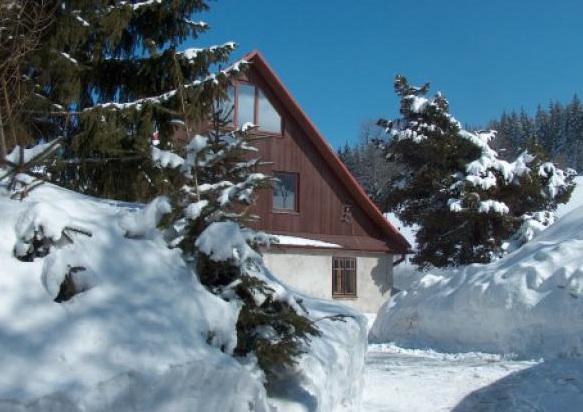A village where only 3 of 60 houses survived? I highly doubt it.
No, I just often traveled there job-related (monument protection), and the lack of preserved rural architecture is absolutely shocking.
Please just pay attention for a while and stop talking nonsense. I described the state of one of those houses. It was worth nothing, you could not preserve it as such, it was just a mud wall - one had to rebuild it. I know, I was there helping. But yet, the new owner preserved the overall look. Some beams are still there. Yes, the new village has different look, because it has become part of the "second Zakopane", so to speak, due to its excellent skiing conditions and long winter season. You might cry your eyes out as much as you want for the missing rural architecture but such is the reality. And as I said - the village is pretty in its new ways, objectively prettier than any of the three original houses - as I remember them.
My buddy's house is one of the smallest in the village and it retained some of its original look. I am attaching the picture for you to judge. Small windows on the first and the second floor are exactly as they were size-wise. The roof was raised and a small apartment at the top was added. There is also a new addition and the house serves as a small guest house with two guest apartments.
Now, pay attention to the slope shown on the right and to all that snow that have accumulated. Now imagine all that white stuff melting in Springtime. That was what I was talking about before - that wall was completely soaked through.
I was frank with everyone here describing how the village was destroyed by neglect of the first settlers from the East. So there is no need to express your shock here about lack of preserved rural architecture. The story is such as it is. C'est la vie.
Below are some tourist opinions about my buddy's place (edited to remove direct clues), just so you will have some feelings about the village.
I just came back from S. Guest house of "W" - hmm, just brilliant! Excellent conditions, freedom, accommodating hosts, also some attractions (football, hockey), comfortably. A grub is a poetry! Delicious and in such quantities that one can not eat it all. There were ten of us and everyone was delighted. I hope to go back there sometime. The XXX Mountain is a revelation. Super route, quiet, calm. Your dream vacation! Mr. W., Stargard sends you the greetings!
Four of us were there in July. The hosts were very nice and polite. Mrs. A. was likable and obliging, W. - a type of a scientist. The food was delicious. Beautiful surroundings at the foothill of XXX Mountain, not far from former Soviet uranium mine (worthy to see - the guide speaks with great passion, has a lot of knowledge). The Bear Cave - lovely, and the Museum of Earth with the only Polish dinosaur's nest with eggs. Nearby - a museum with interesting minerals.

wojciecowka.jpg
 PolishForums LIVE / Archives [3]
PolishForums LIVE / Archives [3]

